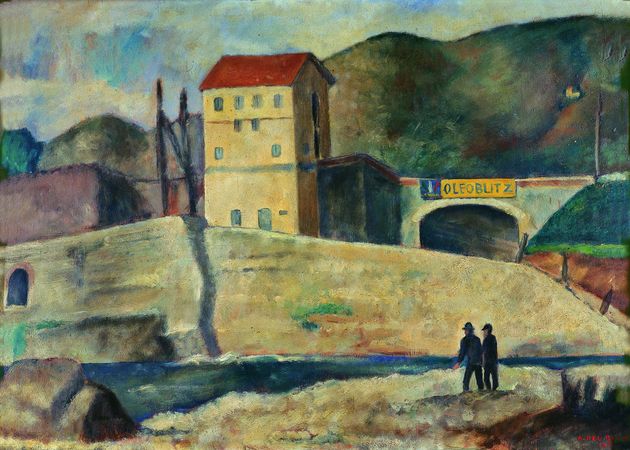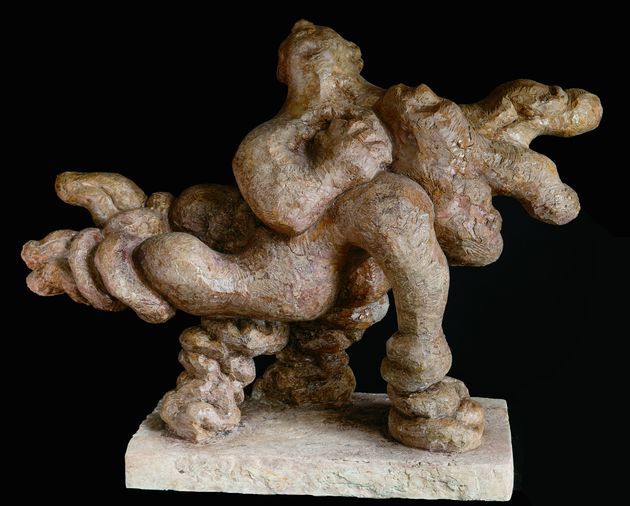Klein’s first artworks were the famous “blue monochromes”. During his short but significant career, he distinguished himself by the use of the pigment which became his trademark, patenting in 1960 the IKB (International Klein Blue), a paint that prevents loss of colour brilliance. The cloth covered by IKB is emptied of the material and becomes intangible, exemplifying the relationship between full and empty.
In order to promote the renewal of art, Klein reproduced some antiquity masterpieces in plaster and painted them with his blue hue. Thus with Winged Victory of Samothrace, Michelangelo’s Slave, Praxiteles’ Aphrodite of Knidos, the artist makes use of IKB to free subjects from classical matter and tradition.
The image of the Nike of Samothrace provoked reflections and reinterpretations especially in the 20th century. In the Manifesto on Futurism, Filippo Tommaso Marinetti extolled its dynamism in modern life and Umberto Boccioni modelled Unique Forms of Continuity in Space on the example of Nike; Salvador Dalí also executed Les Deux Nike, the Double Victoire de Samotrace, in 1968, and Evgenij Vučetičla evoked it in the Statue of Mother Russia.




























































